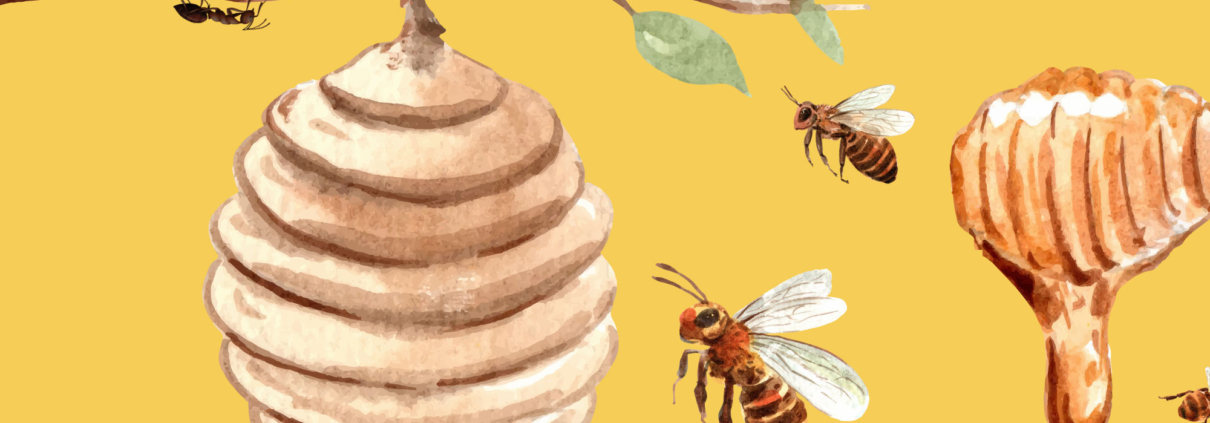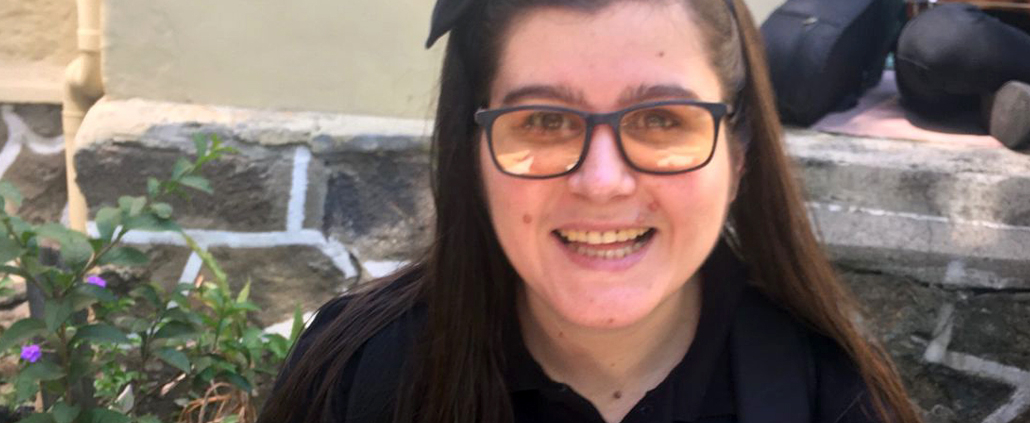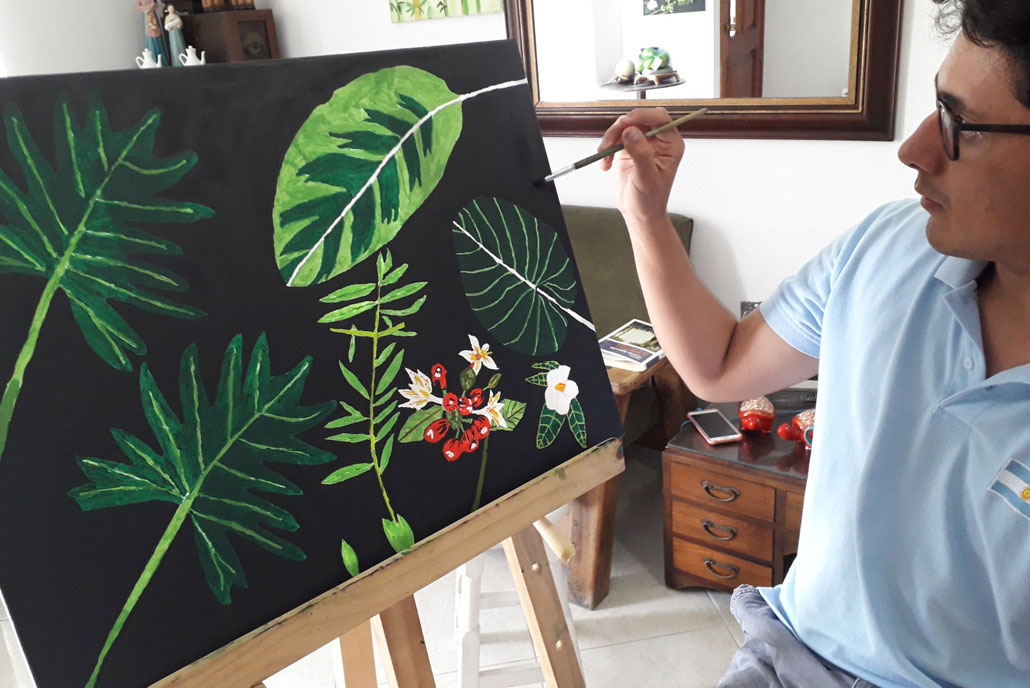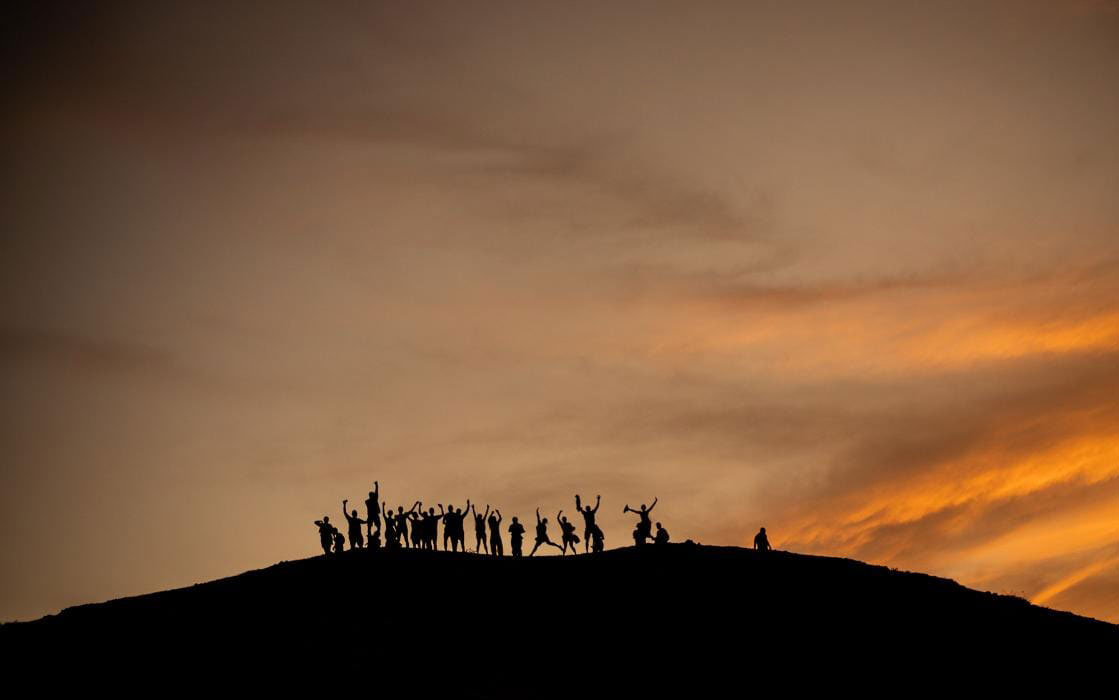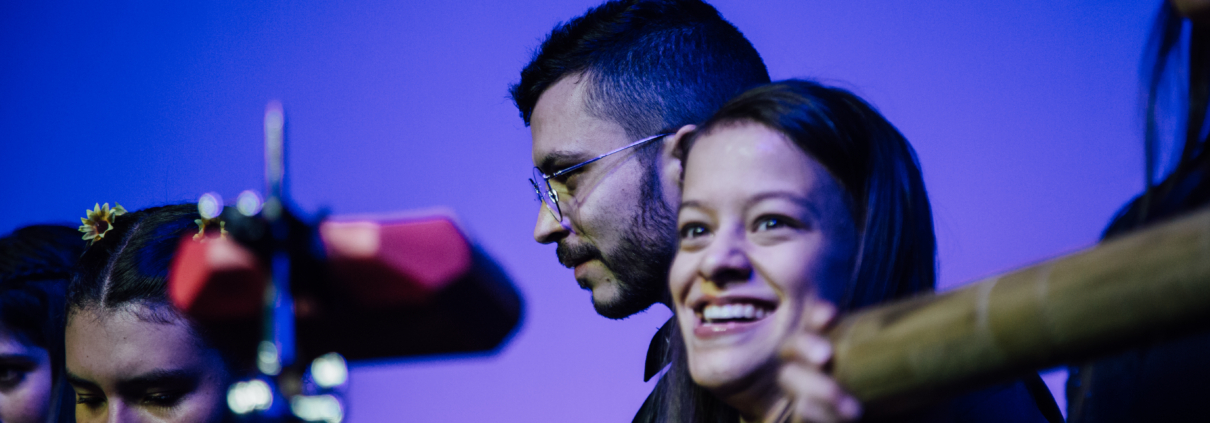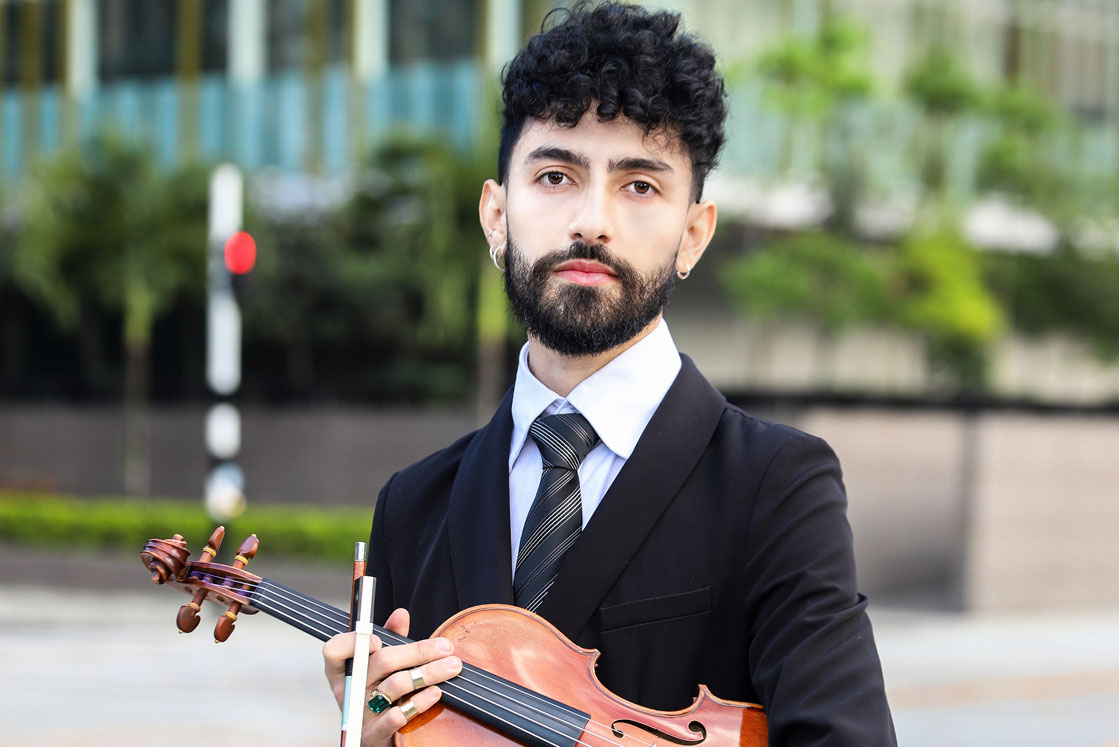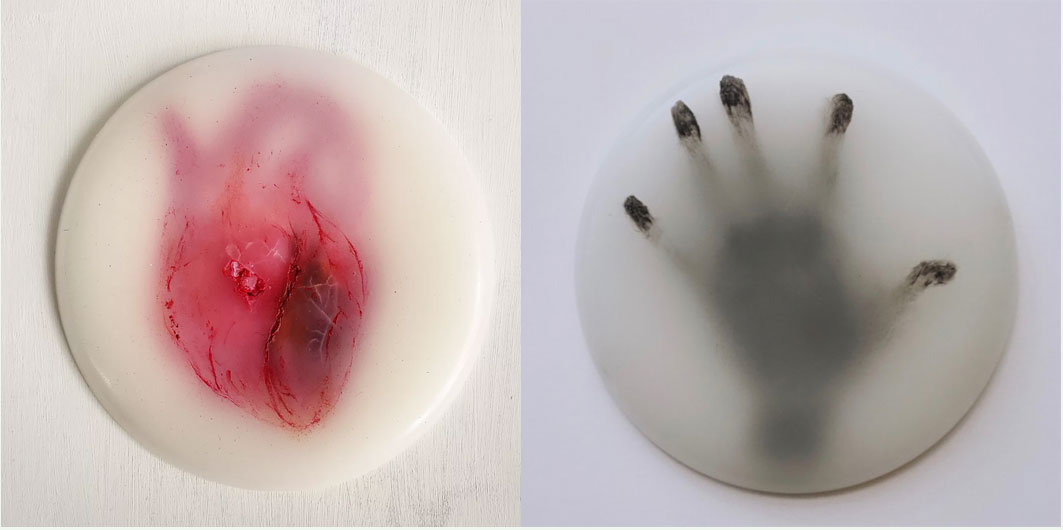The brave and revolutionary personality of Shostakovich—a Russian composer determined to make his voice heard and who took enormous risks to do so due to the horrors of Stalinism—is what captivates 26-year-old Camilo Martínez, artist, musician and queer, who works as a supernumerary violinist of the Medellín Philharmonic.
Camilo lives in San Antonio de Prado with his parents, studies a master's degree in arts at the U. of A. and loves the versatility of his instrument. We talked to him about his life, his scars, his dreams.
FILARMED: What was your first experience in music like?
CAMILO MARTINEZ: It was with the soundtrack of Disney's Fantasia, I was 5 years old. Also, my parents always played me a couple of records with music by Vivaldi and Beethoven; It was the sound of the violin that caught my attention the most.
F: Is it true that a teaching concert transformed your life?
CM: I was 11 years old when Filarmed visited my school, where my mother is also a teacher. I had never had the opportunity to see a philharmonic orchestra live. I was delighted. I remember that my mother and I approached Manuel López, assistant concertmaster, to ask him what the world of music was like; That's where we found out about this possibility and I said I wanted to be a violinist.
F: Why do you like the violin?
CM: For the versatility. Its sound capacity can be wild but also mellifluous, as harmonious as it is uncomfortable. And everything that bothers me fascinates me, it is a quality, because it makes me rethink, zoom in or out and be attentive, looking forward to seeing different perspectives on life.
F: What if the violin were a human being...?
CM: He would be influential, ambiverted and risk-taking.
F: Who is your favorite composer?
CM: Shostakovich because he is a symbol of resilience, healing and rebellion, that for me is vital.
F: What are you passionate about doing in your free time?
CM: I love painting. When I left undergraduate school I wanted to continue studying, but I didn't want more violin in the traditional way, I wanted something that would enrich me artistically. In the master's degree I was able to explore the interstices of the arts, an experience in which I can discover how far painting and poetry go; That's where I use my free time to understand myself and things that music wouldn't allow me to do on its own; For example, talking about the meaning of death in a broad way, investigating its spellings, its possibilities, layers, non-verbal languages and mournful nuances where the violin has been fundamental to me; and yet I looked for something further in the aesthetic experience, both visual and conceptual, as well as sound.
F: What does death mean?
CM: It is something versatile because it depends on the type of death; It can be liberation or it can be the worst wound when you are the person left and suffers that loss. For me, life is lived until it can be lived, otherwise it is a liberation. In short, death makes us rethink life and give it a different value, it even reminds me of Wagner at the end of his opera Tristan und Isolde, because just when Tristan dies, Isolde goes into ecstasy, is transfigured and enters another dimension. , neither alive nor dead, but she is happy since she is finally going to be with her loved one; That concept of new existence seems extremely powerful to me.
I also like to redefine grief. Seven years ago a cousin died with whom I felt very identified, she was my reflection; and it was that loss that brought out many feelings in me to encounter painting, music and poetry. The pain becomes a scar and a rethinking of life.
F: How do you manifest that “liberation” through art?
CM: I love oil painting, watercolor and drawing. I like to experiment with techniques, I believe that materials such as sound or plastics speak for themselves through their own material qualities that are sometimes scars or textures. And it is precisely those scars that allow me to investigate life, you just have to sharpen your eyes to notice and read them, and know that liberation is based on finding your own meanings that have nothing to do with prejudices or what is established, this is speaking. of healing and the textures that mark our skin, is to celebrate the scar.
“Scars are flexibility. I make the analogy with a street that at first is pristine and flat but over time it will require flexibility and will generate a crack in the pavement because the earth is always in motion. When this crack is generated it speaks of a need for flexibility to adapt to the environment. For me that is a scar, flexibility, adaptation and memory.”
F: What does beauty mean?
CM: Beauty does not exist if there is no authenticity. Beauty is not perfection. Authenticity is beauty, seeing the object and the person as they are, with scars and imperfections.
F: And love…?
CM: It is freedom. Wanting and loving something means knowing that it does not belong to you and is not your domain. Knowing how to love that beauty, in a way that is strange and foreign to me, is an authentic feeling.
F: What is your biggest dream?
CM: Have a painting exhibition! I have two paraffins that are my favorites, one is called Ostinato, it is a heart painted on white paraffin; On the front you can see very faint lines, and on the obverse you can see the faint shape of the heart. The result is transparency that speaks to us of immateriality, of people who are no longer here.
My other favorite is called To immateriality, it is a small hand painted in paraffin; The death of my cousin and what her death represented to me is my muse, that feeling that lives in me.
F: What is the most difficult work you have performed?
CM: Živković's Marimba Concerto No. 2 was very difficult for me to interpret, so much so that I had to start studying without violin, just rhythm. Imagine squaring up a puzzle in your mind with very small pieces! I performed it in 2013 with the Antioquia Symphony Orchestra.
F: What has been the strangest situation at concert?
CM: I was 16 years old and in a concert at the Pablo Tobón Uribe Theater, at the last minute, I had to play the role of concertmaster, and even more, I had to do a violin solo. It was very overwhelming!
Camilo lives his weeks between rehearsals, concerts and his inevitable afternoon ritual, sleeping. He also loves going downtown, he always makes excuses to visit it; He loves science fiction cinema and declares himself a fan of Dany's show in Plaza Botero, a street artist who, while reorganizing the cabinets, tells stories of tragic and violent loves, of dysfunctional families and thugs, of frustrated dreams of fame. and money, of scars.


